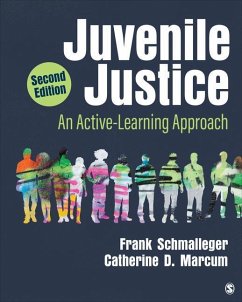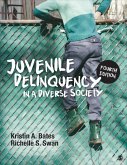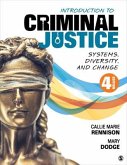Juvenile Justice, Second Edition offers an in-depth exploration of the United States juvenile justice system. Using an active-learning approach, renowned authors Frank Schmalleger and Catherine D. Marcum provide students with a foundational understanding of the juvenile justice system, while also giving them with the opportunity to put what they learn into action.
Hinweis: Dieser Artikel kann nur an eine deutsche Lieferadresse ausgeliefert werden.
Hinweis: Dieser Artikel kann nur an eine deutsche Lieferadresse ausgeliefert werden.








